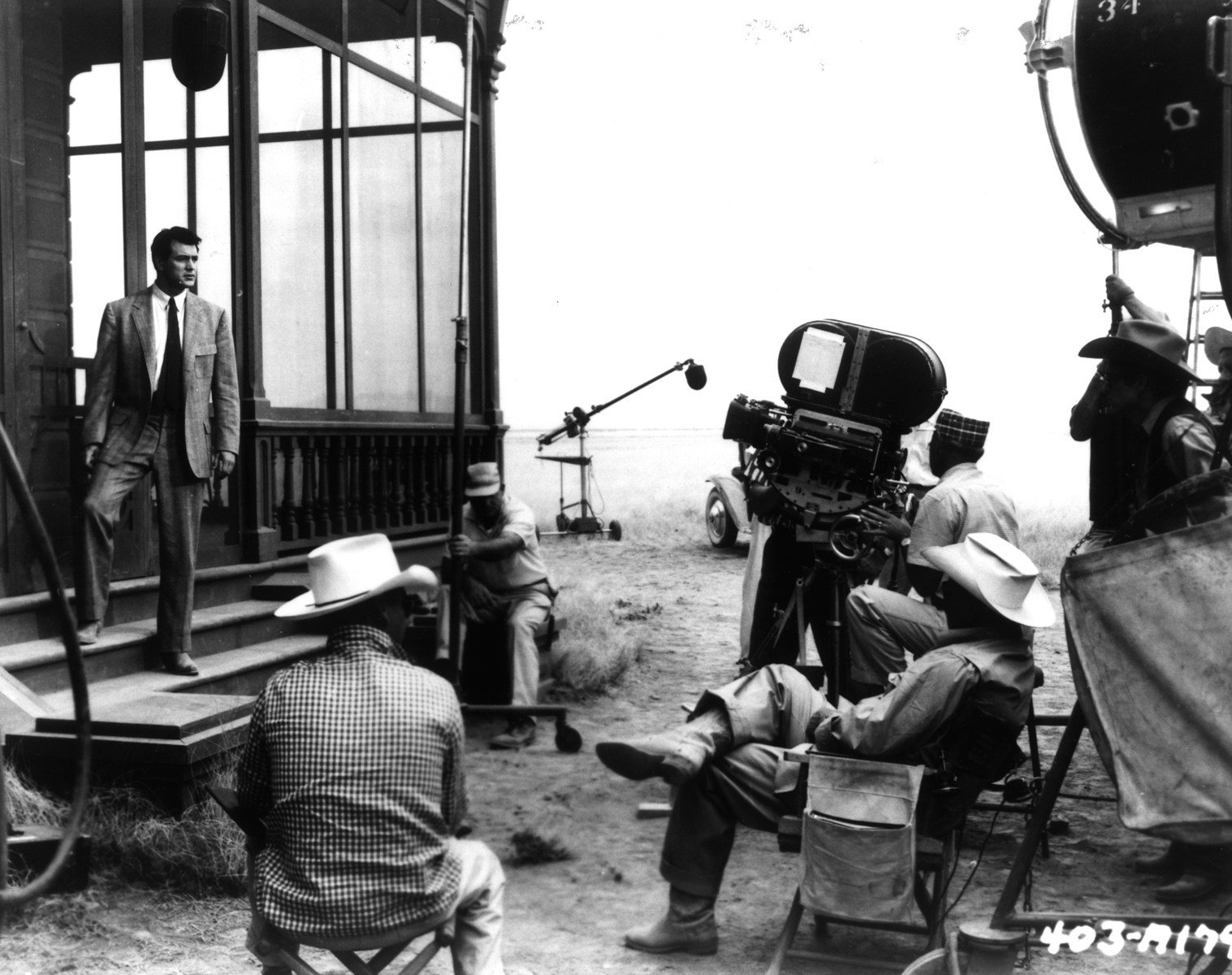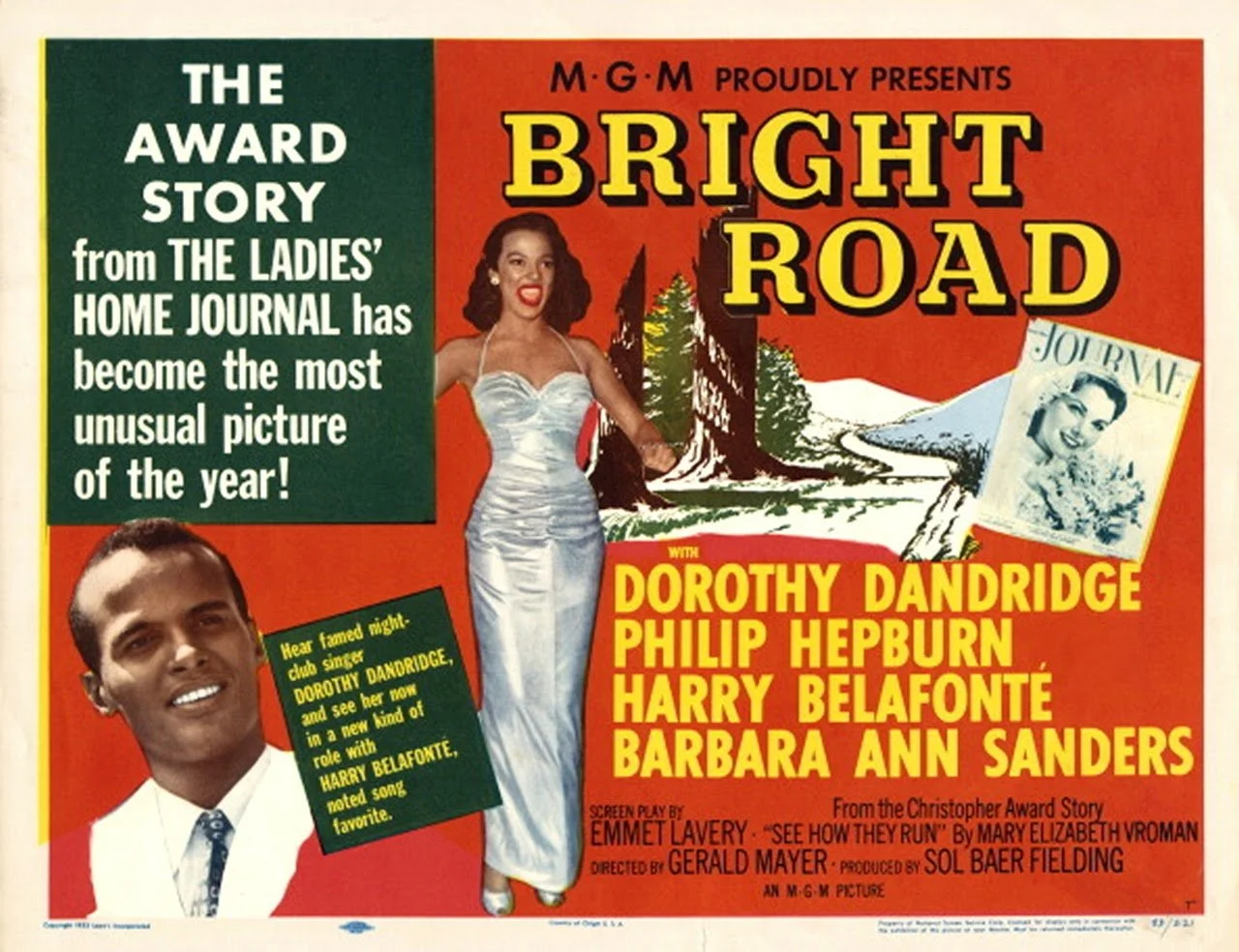
From 1910 to 1961, Hollywood studios adapted dozens of American literary regionalist novels and short stories to film.
These regionalist tales were written by women both famous and forgotten; they told stories about rural or otherwise isolated places; they often centered poor, disabled, or queer characters; and they frequently attempted to model beneficial relationships with land and community.
Many scholars see American literary regionalism as a short-lived movement. They say it lasted from the late 19th century until 1901, or maybe 1910. But the film adaptations produced from 1910-1961—a continuous half-century—demonstrate that the movement in fact spanned multiple mediums and continued to be marketed to national audiences well into the mid-20th century. As the film industry grew, regional stories transitioned from magazine pages to movie screens.
A promotional card for Bright Road (1953) emphasizes its connection to the magazine story it’s based on.
This site collects available information about these Hollywood adaptations of American literary regionalist texts, and provides links to view the films when available.
The mission of Hollywood Regionalism is to serve as a teaching and research tool for anyone interested in American literary regionalism on the page or screen.
As of February 2025, 41 of 111 identified films have been added to the site.
